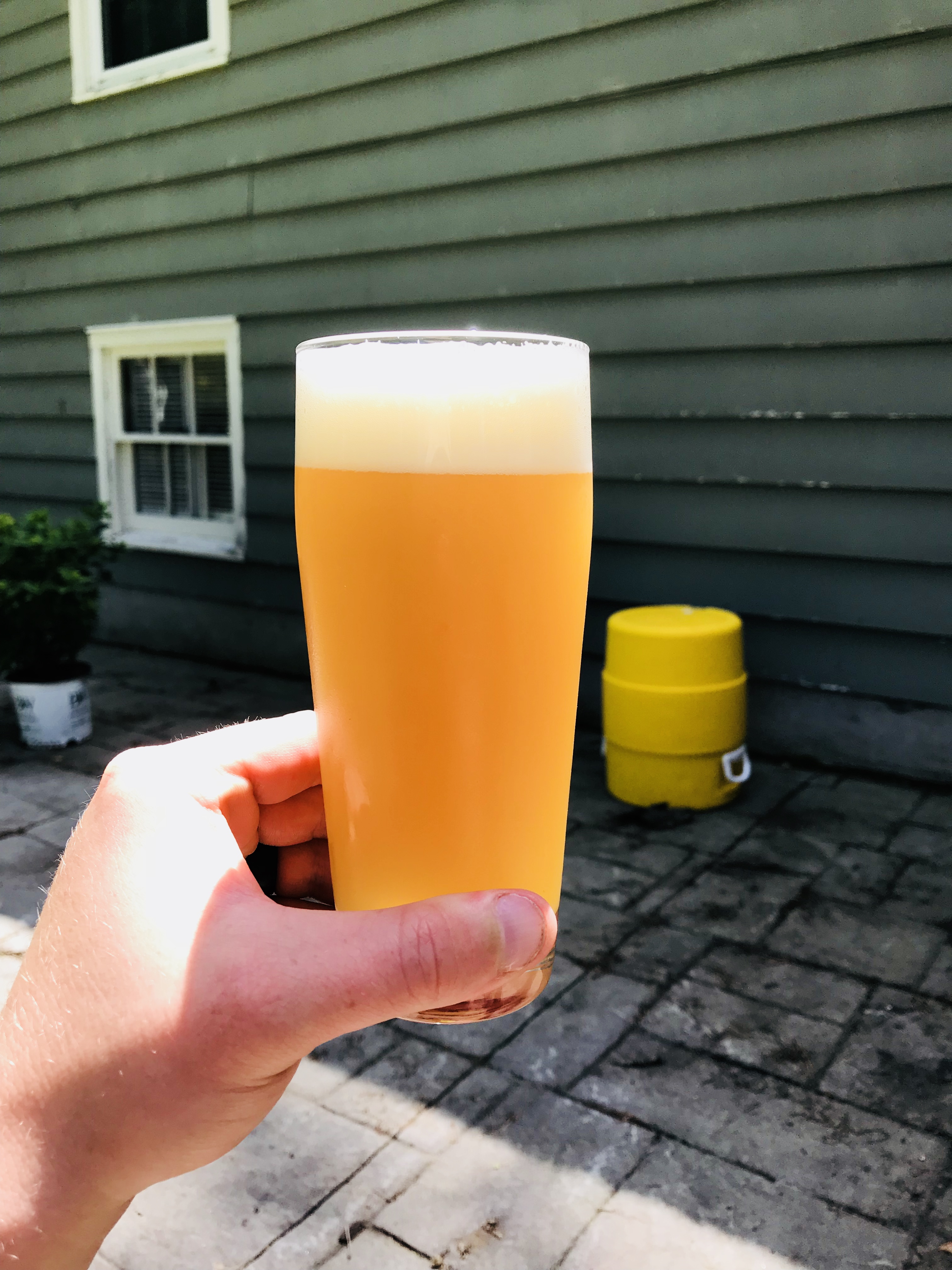jakturner
Well-Known Member
How far have you guys pushed imperial dryhop temp wise? I recently use it for the first time in a all Medusa brut IPA and it’s probably the most estery yeast I’ve ever used! The pre dryhop sample smelled like fruity bubble yum. I pitch at 75 and quickly cooled it to 68 within an hour, I let it free rise to a couple degrees at day up to 74. I’m kinda hoping it will tone down or blend with the dryhop, it’s a little overwhelming. Anyways, bout to use it in a NEIPA this weekend and wondering if I should raine in the temp a little






































![Craft A Brew - Safale BE-256 Yeast - Fermentis - Belgian Ale Dry Yeast - For Belgian & Strong Ales - Ingredients for Home Brewing - Beer Making Supplies - [3 Pack]](https://m.media-amazon.com/images/I/51bcKEwQmWL._SL500_.jpg)



















